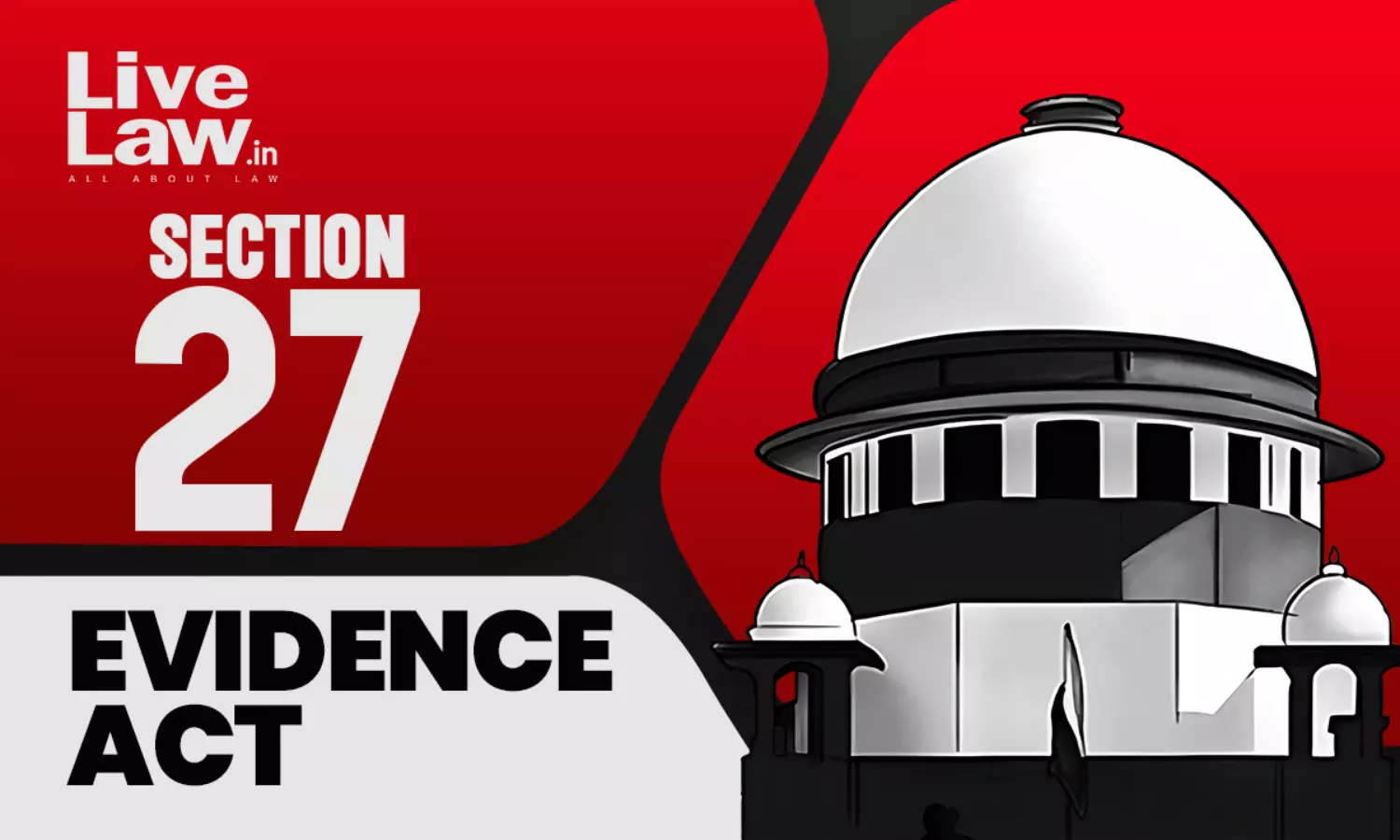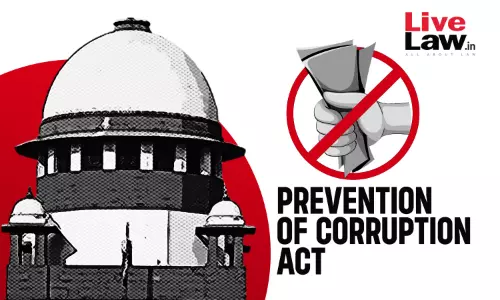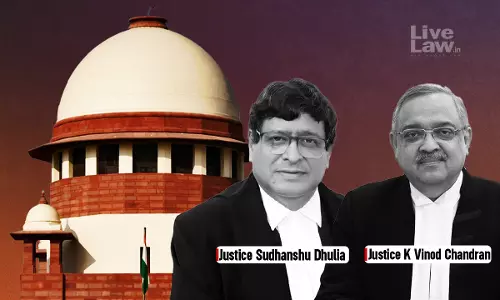'Custody' Under S.27 Evidence Act Doesn't Mean Custody After Formal Arrest; Includes Any Kind Of Restraint Or Surveillance: Supreme Court

In a significant judgment, the Supreme Court has held that the expression 'custody' used in Section 27 of the Indian Evidence Act does not mean formal custody."It includes any kind of restriction, restraint or even surveillance by the police. Even if the accused was not formally arrested at the time of giving information, the accused ought to be deemed, for all practical purposes, in the...
In a significant judgment, the Supreme Court has held that the expression 'custody' used in Section 27 of the Indian Evidence Act does not mean formal custody.
"It includes any kind of restriction, restraint or even surveillance by the police. Even if the accused was not formally arrested at the time of giving information, the accused ought to be deemed, for all practical purposes, in the custody of the police," observed a bench comprising Justices Sanjiv Khanna and SVN Bhatti.
The bench disagreed with the recent judgment delivered by a 3-judge bench in Rajesh v. State of MP 2023 LiveLaw (SC) 814 which held that Section 27 of the Evidence Act is not applicable if the person was not in the formal custody of the police as an accused in the case. The bench observed that it was bound by the judgment delivered by a Constitution Bench in State of U.P. v. Deoman Upadhyaya which held that the bar under Section 25 of the Evidence Act applies equally whether or not the person against whom evidence is sought to be led in a criminal trial was in custody at the time of making the confession.
It also referred to Dharam Deo Yadav v. State of Uttar Pradesh., (2014) 5 SCC 509 which held that the expression “custody” in Section 27 of the Evidence Act does not mean formal custody but includes any kind of surveillance, restriction, or restraint by the police.
The Court, after referring to the catena of judgments, observed that the words “person accused of an offence” and the words “in the custody of a police officer” in Section 27 of the Evidence Act are separated by a comma. Thus, they have to be read distinctively.
“The wide and pragmatic interpretation of the term “police custody” is supported by the fact that if a narrow or technical view is taken, it will be very easy for the police to delay the time of filing the FIR and arrest, and thereby evade the contours of Sections 25 to 27 of the Evidence Act.,” the Court added.
"Thus, in our considered view the correct interpretation would be that as soon as an accused or suspected person comes into the hands of a police officer, he is no longer at liberty and is under a check, and is, therefore, in “custody” within the meaning of Sections 25 to 27 of the Evidence Act. It is for this reason that the expression “custody” has been held, as earlier observed, to include surveillance, restriction or restraint by the police", the Court stated.
Rajesh and Another v. The State of MP : A Patently Erroneous Interpretation Of Section 27 Of Evidence Act By Supreme Court
In the instant case, the appellant (Perumal) was arrested based on a disclosure statement made by him concerning the murder of the deceased Rajini @ Rajinikanth. Importantly, the police, accordingly, proceeded on the leads and recovered the parts of the deceased. However, this disclosure statement was made when the appellant was detained in another case relating to the murder of Rajaram (Rajinikanth's father).
Consequently, the Trial Court convicted the appellant for the murder of Rajnikanth under Section 302 of the IPC. The High Court affirmed this conviction and his sentence of life imprisonment. Thus, the present appeal.
At the outset, the Court relied on the State of Maharashtra v. Suresh., (2000) 1 SCC 471. Therein, the Apex Court had held that recovery of a dead body, which was from the place pointed out by the accused, was a formidable incriminating circumstance. The Court bolstered this by referring to a thread of precedents that have echoed this finding. It further also held that if the accused refrains from telling the court how else he came to know of it, the presumption is that the concealment was by the accused himself.
Thereafter, the Court adverted to the facts of the case and observed that the appellant, in his statement under Section 313 of the Code of Criminal Procedure, 1973, has plainly denied all accusations without furnishing any explanation.
Basis this, the Court drew a reasonable adverse inference, thus forming an additional link in the chain of circumstances. The additional link further affirms the conclusion of guilt as indicated by the prosecution evidence., the Court held.
In view of these facts and circumstances, the Court affirmed the conviction of the appellant. The Court marked that the judgment of acquittal would not qualify as relevant and of evidentiary value to acquit the appellant.
Also from the judgment - Four Conditions To Invoke Section 27 Of Indian Evidence Act : Supreme Court Explains
Case Title: PERUMAL RAJA @ PERUMAL vs. STATE REP. BY THE INSPECTOR OF POLICE., Diary No.- 4802 - 2018.
Citation : 2023 LiveLaw (SC) 8




